CREST penetration testing refers to security assessments performed by professionals certified by CREST — an internationally recognized accreditation body for cybersecurity expertise.
As per Microsoft’s Digital Defense Report 2024, 90% of organizations across industries like finance, healthcare, and government, are vulnerable to a minimum of one attack path. So, they want assurance that testing follows a proven, standardized process and is carried out by qualified experts.
That’s where CREST-accredited testing stands out. It brings consistency, credibility, and trust, making it a preferred choice for organizations with strict security and compliance demands.
tl;dr: CREST penetration testing adds structure, accountability, and high-assurance validation to security assessments, especially for regulated industries. Unlike standard tests, it follows peer-reviewed methods, vetted professionals, and formal reporting aligned with ISO 27001 and PCI-DSS. It’s ideal for audits, M&A, and stakeholder trust. AppSecure delivers CREST-level quality through manual-first testing, real risk validation, and developer-friendly reports.
Why does CREST certification matter for businesses?
From audit readiness to board-level trust, CREST-backed testing provides the consistency, credibility, and assurance that today’s high-risk environments demand. Let’s break down what makes it essential.
- Methodology-driven testing with formal governance
CREST penetration tests follow a structured methodology that includes defined stages like scoping, threat modeling, manual exploitation, and validated reporting. Unlike ad hoc assessments, each phase is governed by CREST’s technical standards and peer-reviewed processes.
This ensures consistent test depth, repeatability across environments, and audit-ready documentation that can stand up to scrutiny in enterprise risk and compliance frameworks.
- Crest-certified professionals with proven offensive expertise
Testers certified by CREST undergo rigorous hands-on examinations and are required to demonstrate deep offensive security knowledge.
Their ability to identify logic flaws, chain exploits, and simulate adversarial behavior ensures real-world risk exposure, not just theoretical vulnerabilities, is identified. Their work is subject to quality assurance reviews, which adds another layer of trust and accuracy to the engagement.
- Compliance-ready testing aligned with global security standards
CREST testing is designed to align with frameworks such as ISO 27001, PCI-DSS, NCSC Cloud Security Principles, and GDPR. Each report includes details that feed into risk registers, audit evidence, and technical control verification.
For companies preparing for regulatory assessments or certifications, CREST reports simplify documentation and validate that required technical safeguards are in place and tested.
- Regulatory and client confidence through third-party validation
When clients, regulators, or procurement teams require proof of security testing, CREST accreditation offers immediate credibility. It signals that the penetration test was not only performed by qualified professionals but also governed by a formal standard.
This helps reduce delays during vendor assessments, due diligence, or compliance reviews, accelerating both trust and sales cycles.
- Executive-level risk transparency and reporting structure
CREST assessments deliver clear, actionable reports with tailored formats for technical and non-technical audiences. Security teams receive step-by-step guidance for remediation, while executives gain insight into the potential business impact and risk posture.
This dual-layered reporting supports informed decision-making, prioritization of remediation efforts, and risk discussions at the board level.
How is CREST penetration testing different from standard pentesting
Unlike typical penetration tests that may vary in depth and structure depending on the provider, CREST-certified testing follows a far more standardized and accountable process. If your organization needs strong validation and audit-ready results, here’s how CREST pentesting stands apart:
- Methodology rooted in proven standards
CREST assessments are based on a formally documented methodology reviewed by security experts and governed by the CREST body. This ensures that each engagement follows a consistent, peer-approved approach rather than relying solely on the individual tester’s discretion.
- Risk-aligned and executive-ready reporting
CREST testers provide reports that meet both technical and non-technical needs. The output includes vulnerability impact, CVSS scoring, exploitation paths, and high-level summaries for decision-makers, making it easier to prioritize remediation across teams.
- Stringent quality assurance at multiple levels
Each CREST-accredited firm must meet ongoing internal QA benchmarks, with additional oversight from CREST itself. This means findings are reviewed for accuracy, severity ratings are vetted, and recommendations are validated before being delivered.
- Accountability and engagement oversight
From scoping to execution, CREST mandates clear documentation, responsible disclosure practices, and ethical guidelines. Engagements are logged and monitored, giving clients transparency throughout the test lifecycle.
- Verified legal and ethical compliance
All CREST testers are vetted professionals who follow strict codes of conduct, legal boundaries, and operational best practices. This is critical for industries like finance, healthcare, and government, where unauthorized activity, even during testing, can lead to major legal implications.
When should you choose CREST-certified pentesting?
Apart from knowing how CREST-certified penetration testing differs from standard testing, it’s equally important to understand when such testing is necessary. Let’s look at situations where opting for a CREST-accredited provider is not just preferred, but often expected.
- Government or public sector projects
Public sector entities often require adherence to frameworks like the UK’s NCSC guidance or equivalent standards globally.
CREST-certified testers meet these standards by following strict ethical practices, conducting risk-aligned assessments, and providing detailed audit-ready documentation. This ensures tests align with government-grade threat modeling and legal accountability.
- Compliance audits: SOC 2, ISO 27001, PCI-DSS
CREST pentests map directly to technical control requirements in popular security frameworks.
For example, ISO 27001 Annex A.12.6.1 emphasizes regular technical vulnerability testing, while PCI-DSS requires annual external testing by qualified professionals. CREST certification assures auditors that the tests are conducted using validated methodologies with traceable evidence.
- Financial and healthcare sector requirements
Industries governed by regulations like HIPAA, GLBA, or PSD2 need penetration tests that go beyond surface-level scanning.
CREST-accredited teams have verified expertise in advanced threat scenarios, such as API abuse, privilege escalation, and data isolation validation, critical for platforms handling PHI or financial transactions.
- Mergers, acquisitions & investor due diligence
During M&A, acquirers assess cybersecurity risk as part of their valuation. A CREST-certified pentest provides credible third-party validation of security posture, uncovering potential liabilities like unpatched flaws or cloud misconfigurations before they become deal-breakers.
- Customer RFPs and vendor security reviews
More enterprises now require evidence of structured security testing from vendors. A CREST-accredited report demonstrates that your product has undergone high-standard testing, aligning with procurement expectations and reducing friction during security due diligence processes.
The CREST pentesting process: What to expect?
Choosing a CREST-certified pentesting partner means following a rigorous, well-governed process that prioritizes clarity, consistency, and real-world risk validation. Here’s what a typical CREST-aligned engagement looks like:
- Scoping and objective alignment
The engagement starts with a collaborative scoping session where security teams define target assets, technical boundaries, business-critical workflows, and known risk areas.
In CREST engagements, scoping isn’t just administrative, it ensures alignment with regulatory expectations, data classification levels, and the types of simulated adversaries (e.g., insider threats, external attackers) most relevant to your environment.
- Rules of engagement and legal clarity
CREST mandates a formalized agreement outlining what can be tested, when, and how. This includes defining safe hours for testing, data handling protocols, authorized IP whitelisting, and incident escalation paths.
Legal documentation ensures the pentest remains ethical, auditable, and compliant with national and international laws (like GDPR, UK NIS Regulations, etc.).
- Reconnaissance and threat modeling
This phase goes beyond passive scanning. Testers map digital assets, fingerprint services, enumerate endpoints, and identify externally exposed systems.
They then create a threat model based on industry-specific attack scenarios, such as phishing against employees, cloud misconfigurations, or OAuth token abuse, ensuring the test reflects realistic and likely threats.
- Manual exploitation and validation
CREST pentesters use manual techniques to exploit flaws like IDORs, broken access controls, insecure authentication flows, and chained vulnerabilities.
Every finding is validated to remove false positives. Techniques include fuzzing APIs, testing token reuse, and crafting custom payloads to bypass input validation or privilege logic.
- Documentation, reporting, and retesting
CREST reports aren’t just lists of issues, they include executive summaries, threat context, CVSS scoring, affected components, and tailored remediation steps.
Reports are reviewed under CREST QA policies to ensure accuracy and clarity. Once fixes are deployed, CREST providers revalidate the environment through structured retesting.
- Secure handling of insights and data
From start to finish, CREST testing enforces secure storage, transfer, and destruction of sensitive data.
All logs, credentials, and testing artifacts are encrypted and access-controlled. Post-engagement, sensitive information is purged per CREST’s secure disposal standards, giving clients assurance of data privacy.
How does AppSecure conduct CREST penetration testing
To meet the expectations of security-conscious industries, it’s not enough to run generic vulnerability scans. What’s needed is deep, context-aware testing that reflects real-world attack patterns and AppSecure delivers precisely that.
Let’s look at how AppSecure’s pentesting methodology aligns with the rigor typically expected in high-assurance environments.
- Manual-first adversary simulation
AppSecure’s engagements are led by experienced offensive security engineers who mimic real attacker behavior to uncover complex vulnerabilities.
Instead of relying solely on tools, the team manually tests for business logic flaws, chained exploits, and platform-specific edge cases.
- Structured methodology aligned with global standards
Each pentest follows a defined process mapped to globally recognized frameworks such as OWASP, NIST, and ISO 27001.
This ensures consistency across tests while delivering reporting formats that are suitable for both technical and executive audiences.
- Specialized offensive security teams
AppSecure’s internal red teams bring expertise across application, cloud, and API security.
From role-based access control bypass to cloud misconfigurations, the team goes deep across every attack surface relevant to modern SaaS and enterprise platforms.
- Enterprise-scale & compliance-driven testing
Whether you're building for BFSI, health-tech, or multi-tenant SaaS, AppSecure adapts testing scopes to align with your compliance goals, including SOC 2, ISO 27001, and PCI DSS.
Penetration testing reports include CVSS scoring, detailed impact analysis, and remediation steps tailored for developer workflows.
Elevate your security with CREST-level assurance
In high-stakes environments, security testing isn’t just about finding bugs, it’s about building confidence. CREST-aligned penetration testing offers the depth, structure, and credibility needed to satisfy auditors, stakeholders, and security-conscious customers.
Whether you’re preparing for compliance audits, serving regulated industries, or simply want to ensure your application stands strong against real-world threats, CREST-style testing brings clarity and trust to your security efforts.
If you're looking for a manual-first, enterprise-ready approach, AppSecure’s offensive security team can help. From business logic testing to advanced adversary simulations, our team tailors each engagement to reflect your architecture, risk profile, and compliance needs.
Ready to get started? Connect with AppSecure to scope a custom penetration test that meets the standards modern enterprises expect.
FAQs
- What is CREST penetration testing and how is it different from regular pentesting?
CREST penetration testing follows a standardized, peer-reviewed methodology carried out by vetted professionals. It offers greater structure, formal reporting, and quality assurance compared to typical pentests.
- Is CREST certification mandatory for all penetration tests?
No, but it’s often required for regulated sectors, government projects, or enterprise audits where assurance, accountability, and formal process matter.
- Who needs CREST-certified pentesting the most?
Organizations in finance, healthcare, government, and large enterprises undergoing audits like ISO 27001, SOC 2, or PCI-DSS benefit most from CREST-accredited testing.
- What standards does CREST penetration testing follow?
CREST tests follow structured methodologies aligned with frameworks like ISO 27001, NCSC guidance, and include strict ethical, legal, and technical standards.
- Does AppSecure offer CREST-level testing for compliance audits?
Yes. AppSecure delivers manual-first, enterprise-grade testing aligned with CREST expectations, suited for compliance audits, enterprise risk assessments, and investor due diligence.

Ankit Pahuja is a B2B SaaS marketing expert with deep specialization in cybersecurity. He makes complex topics like EDR, XDR, MDR, and Cloud Security accessible and discoverable through strategic content and smart distribution. A frequent contributor to industry blogs and panels, Ankit is known for turning technical depth into clear, actionable insights. Outside of work, he explores emerging security trends and mentors aspiring marketers in the cybersecurity space.


.png)


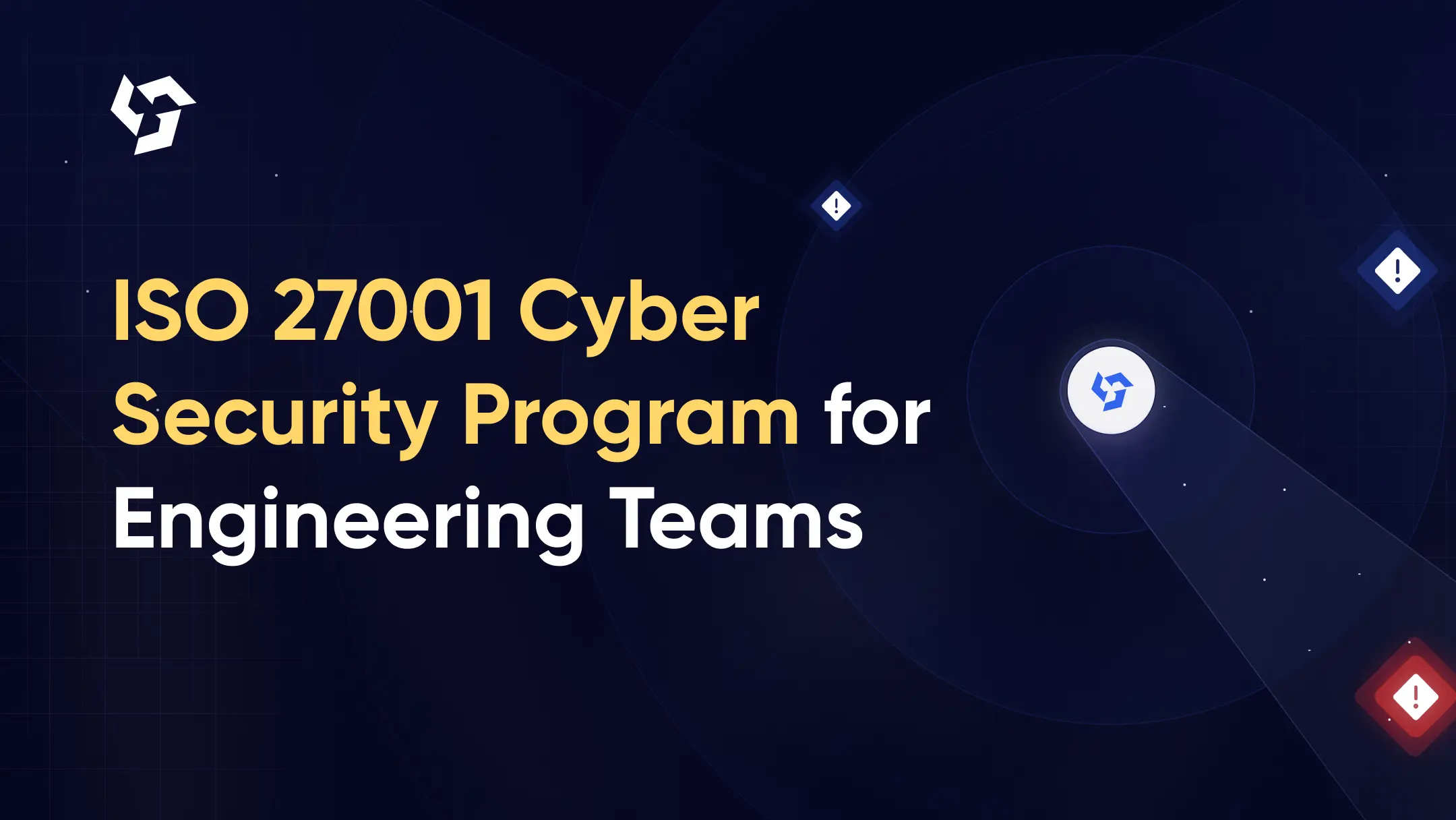
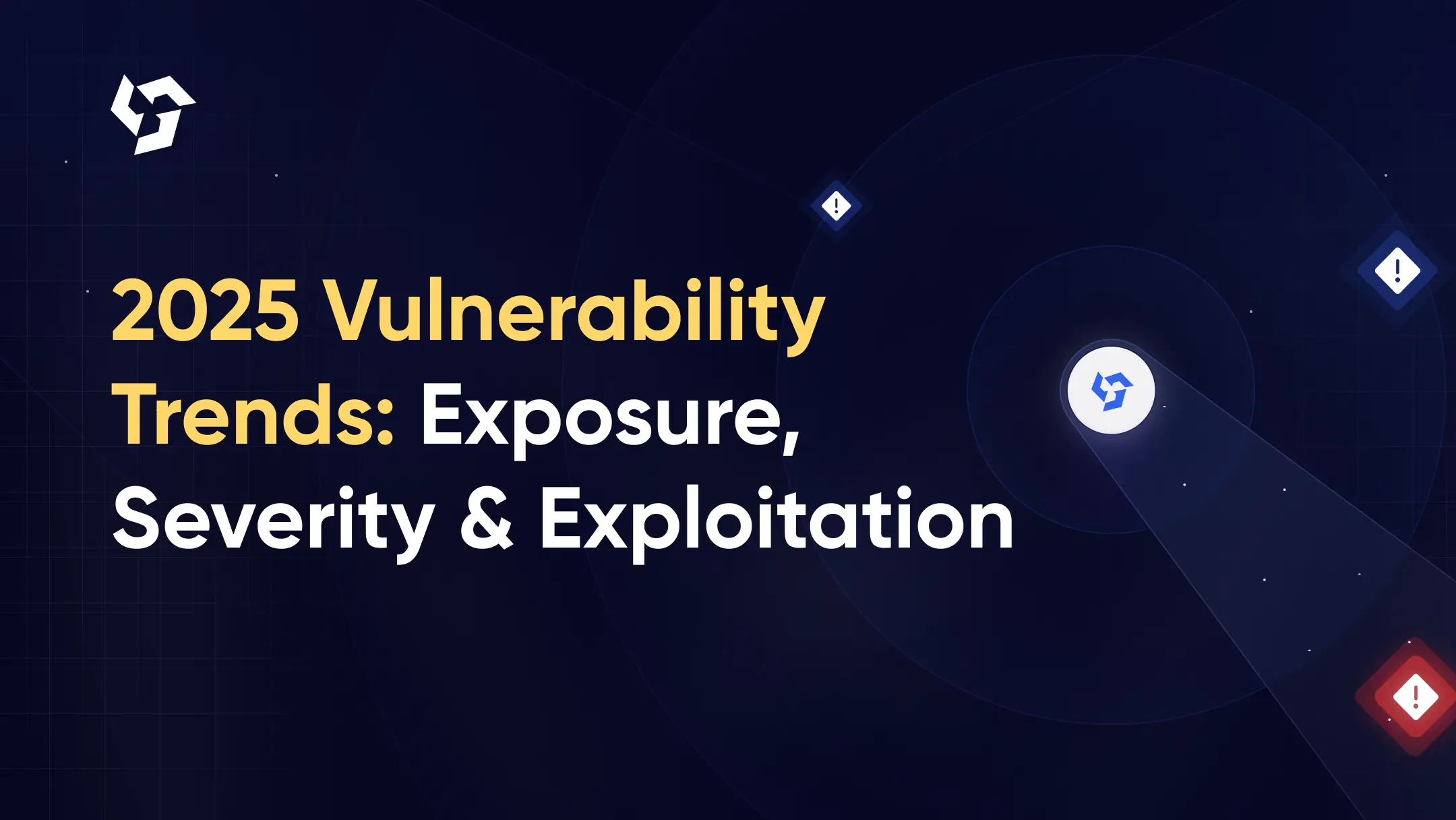
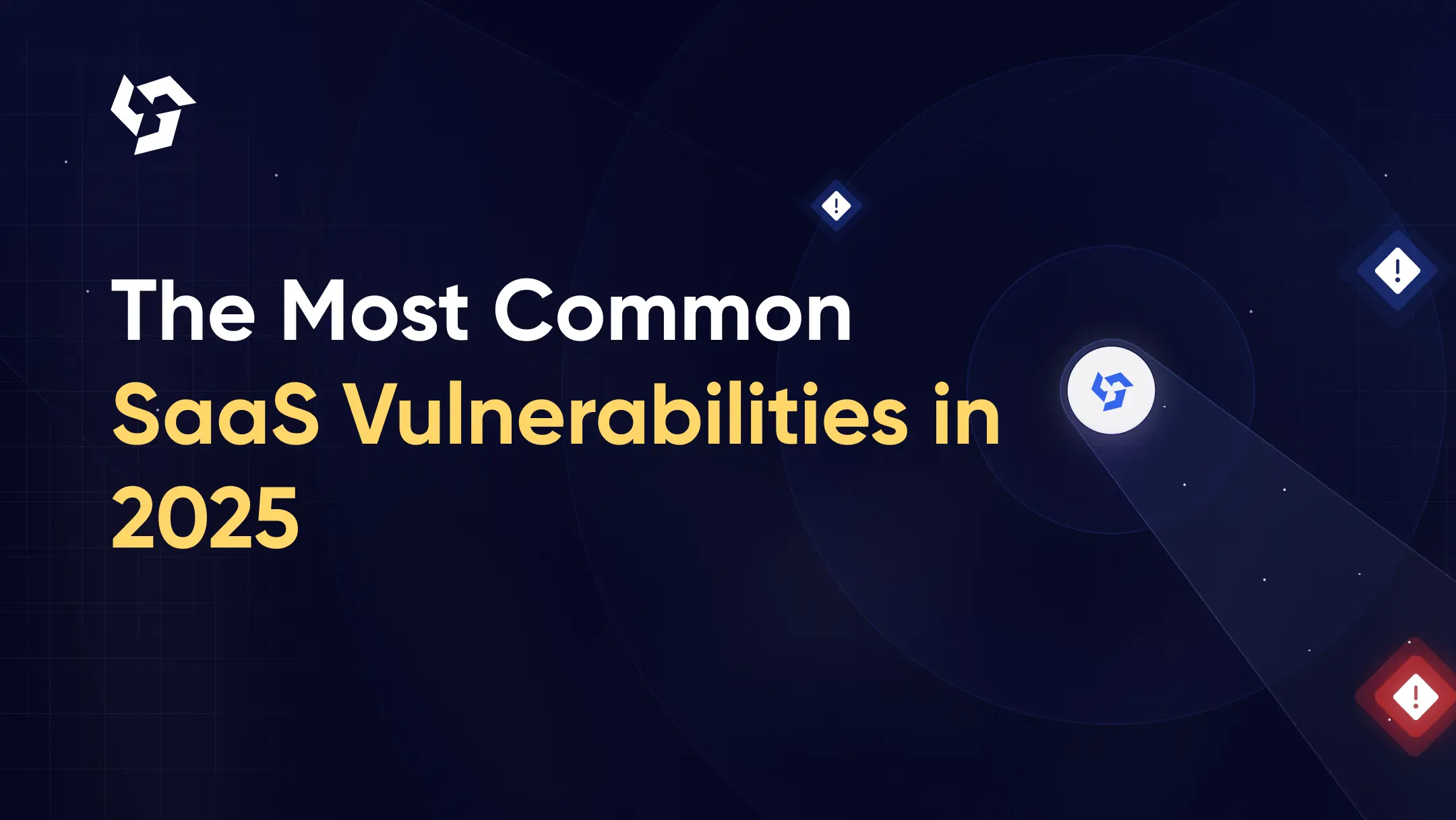





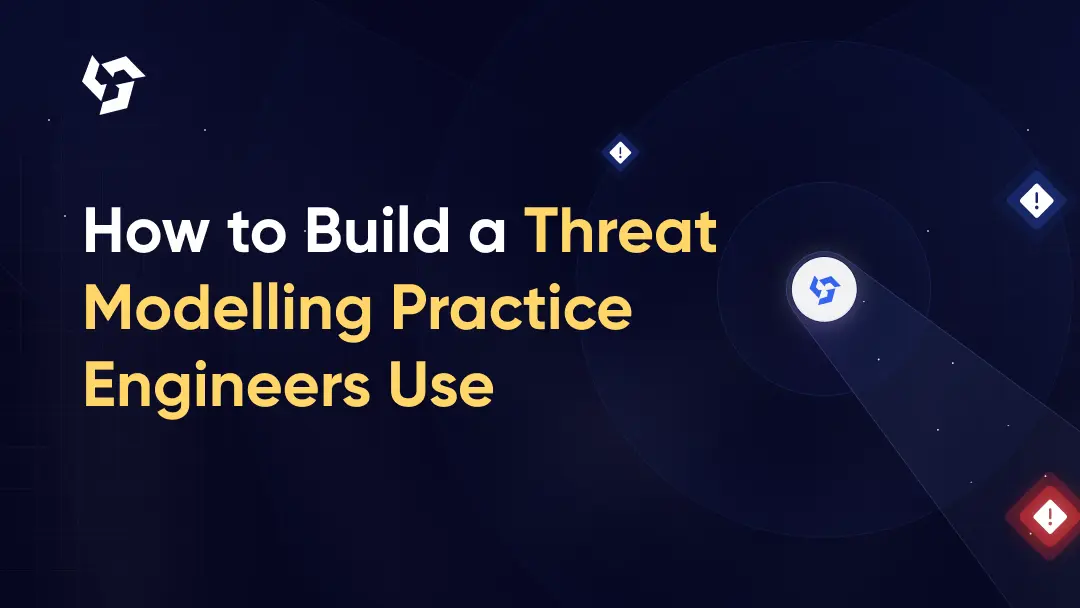



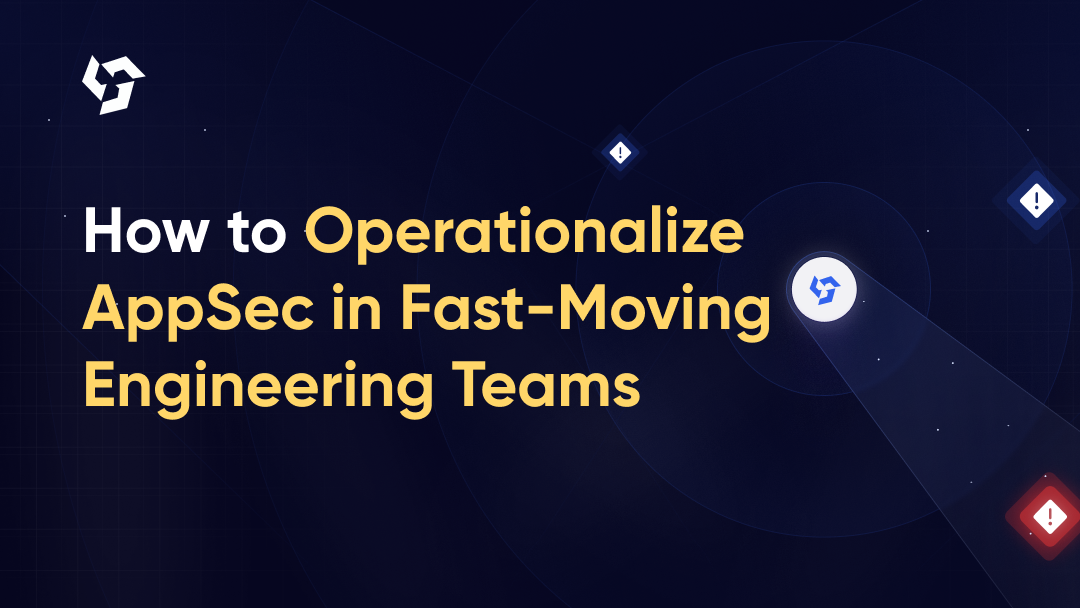



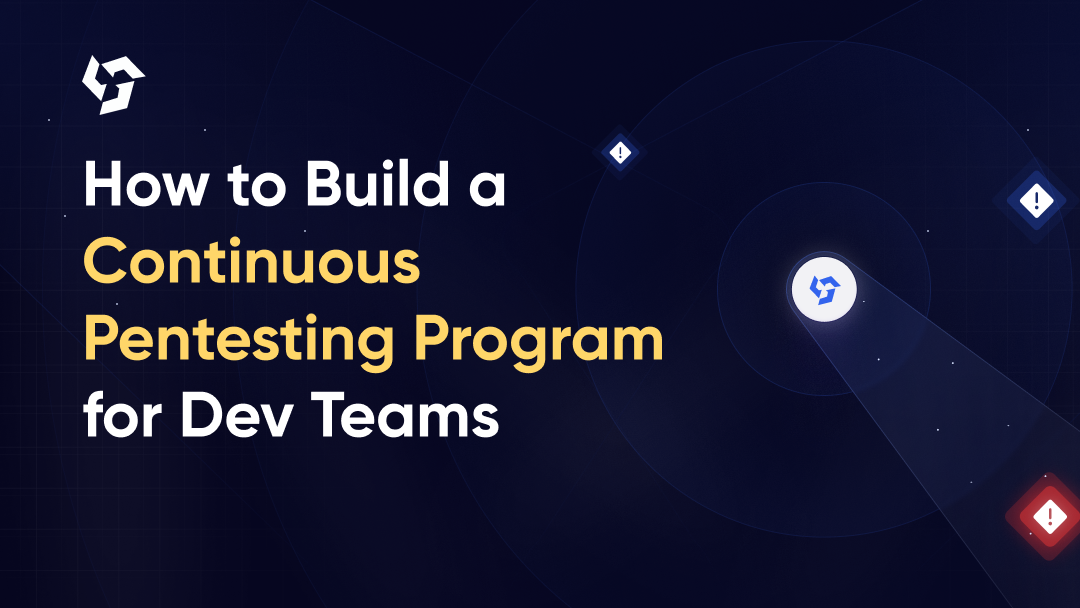




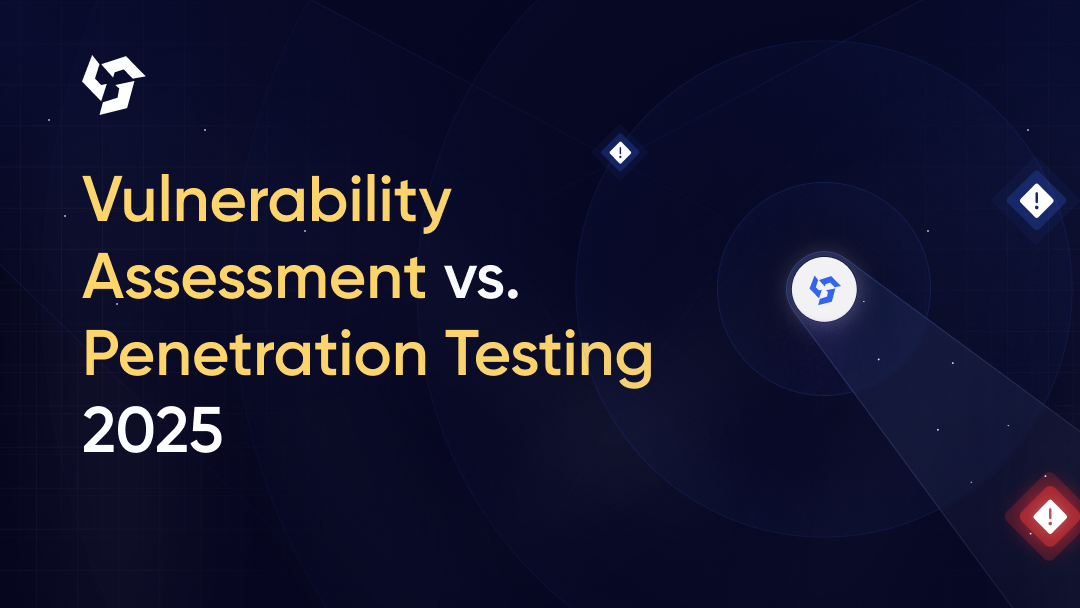

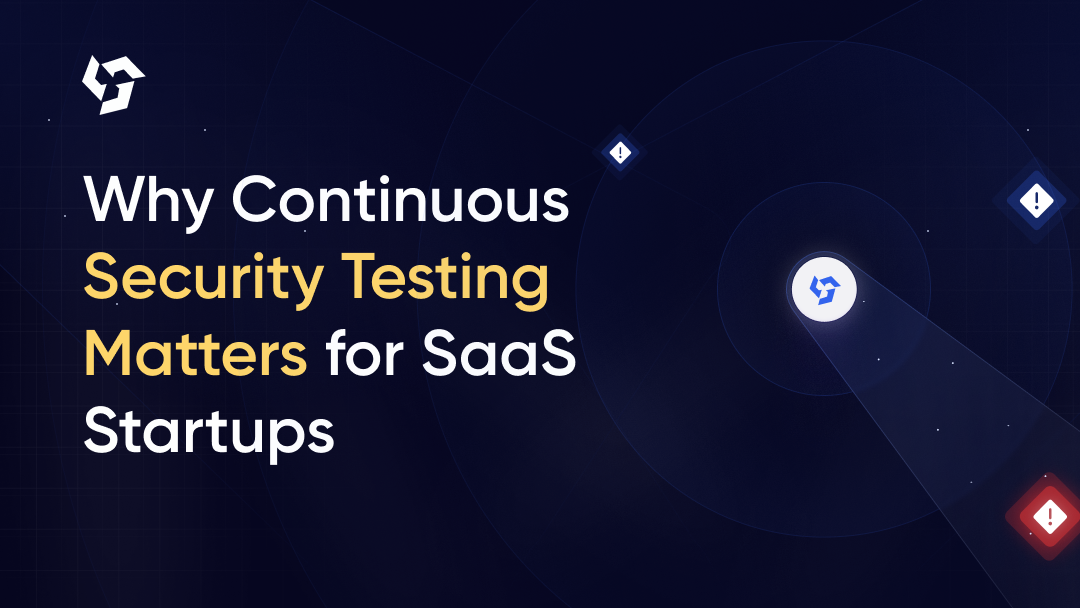
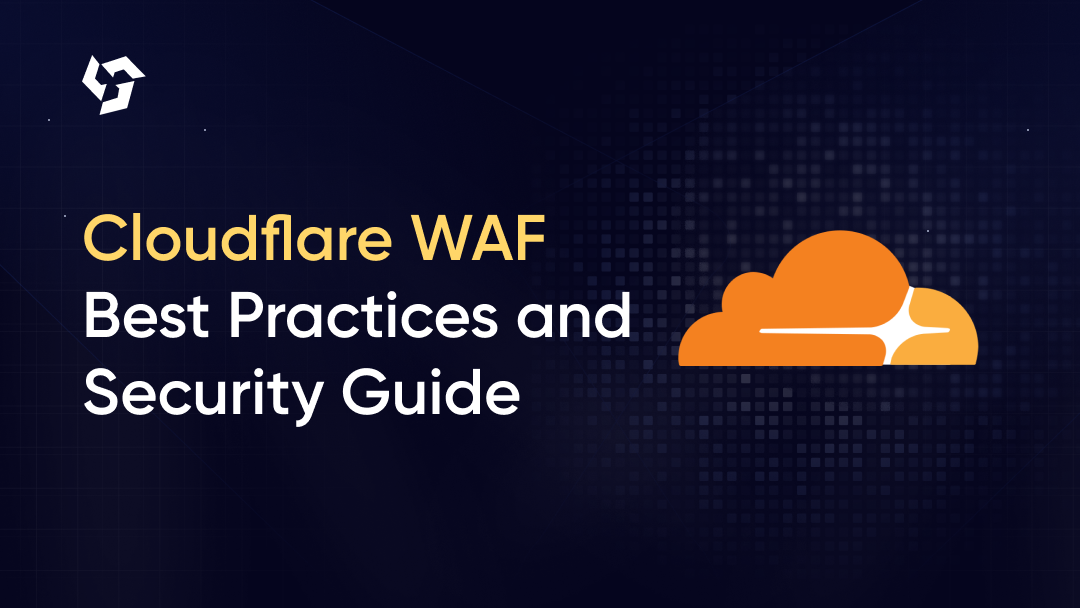

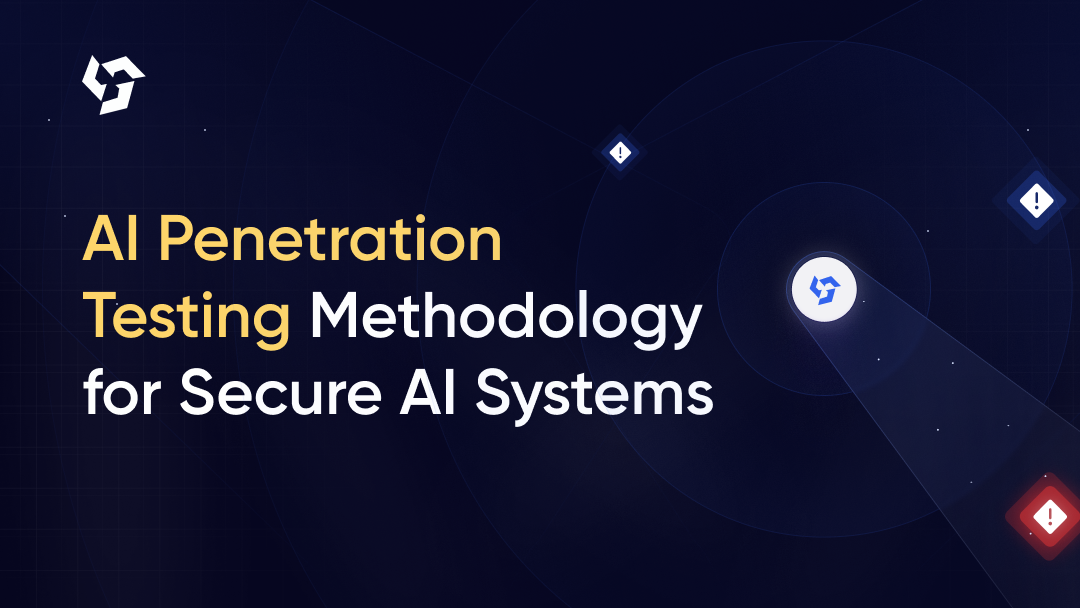

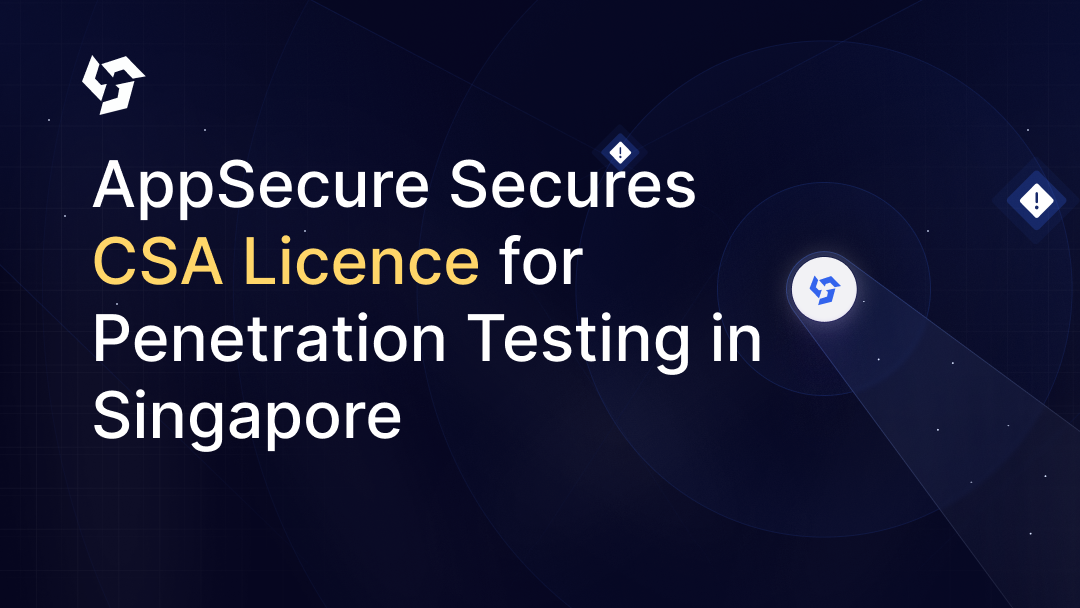
.png)
.png)
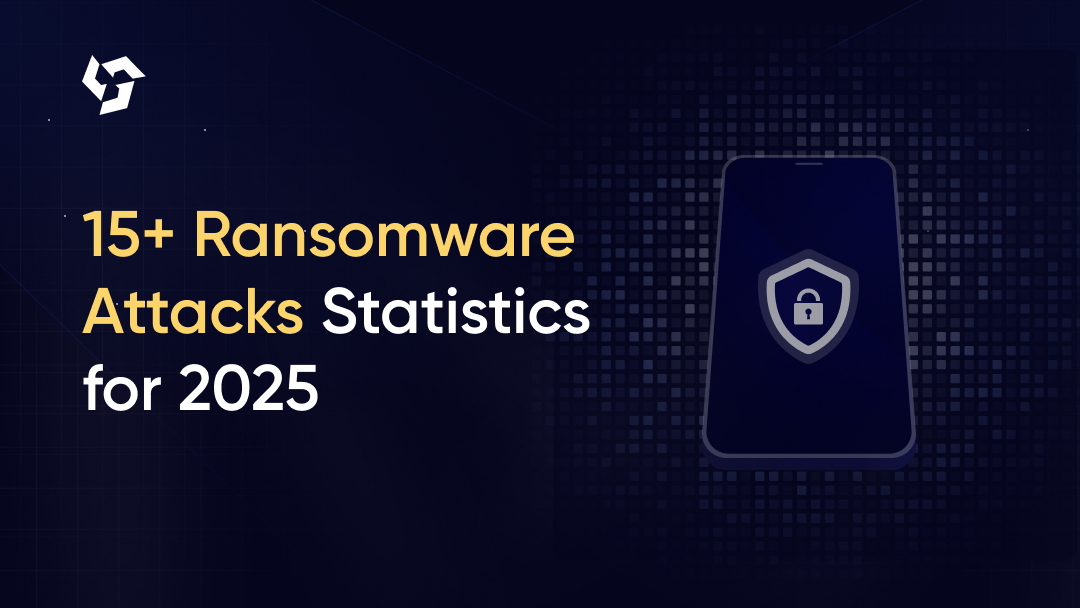
.png)
.png)
.png)
.png)
.png)
.png)
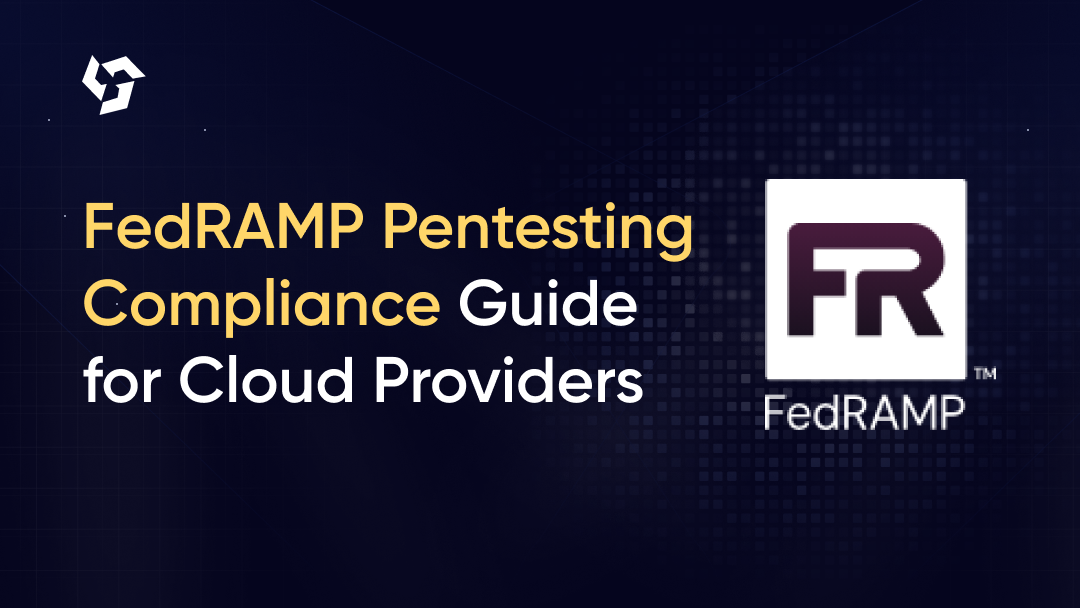
.png)
.png)
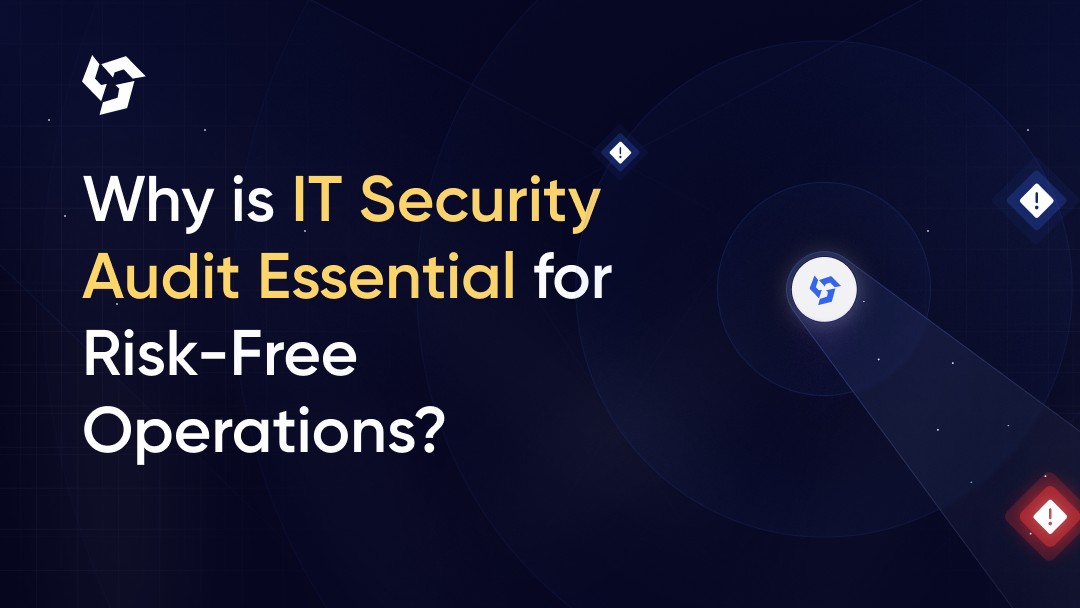

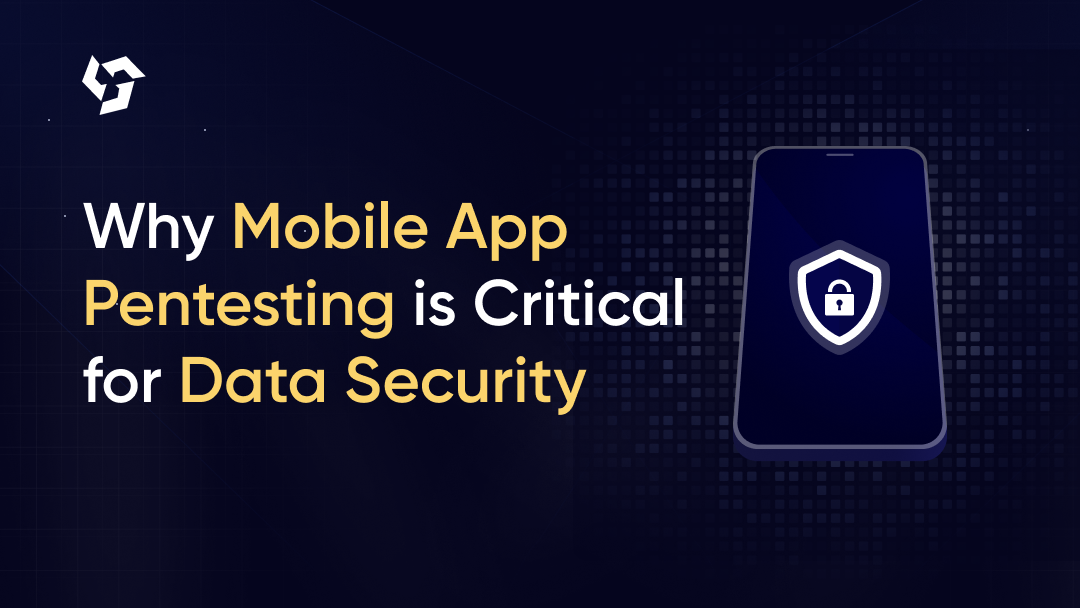
.png)
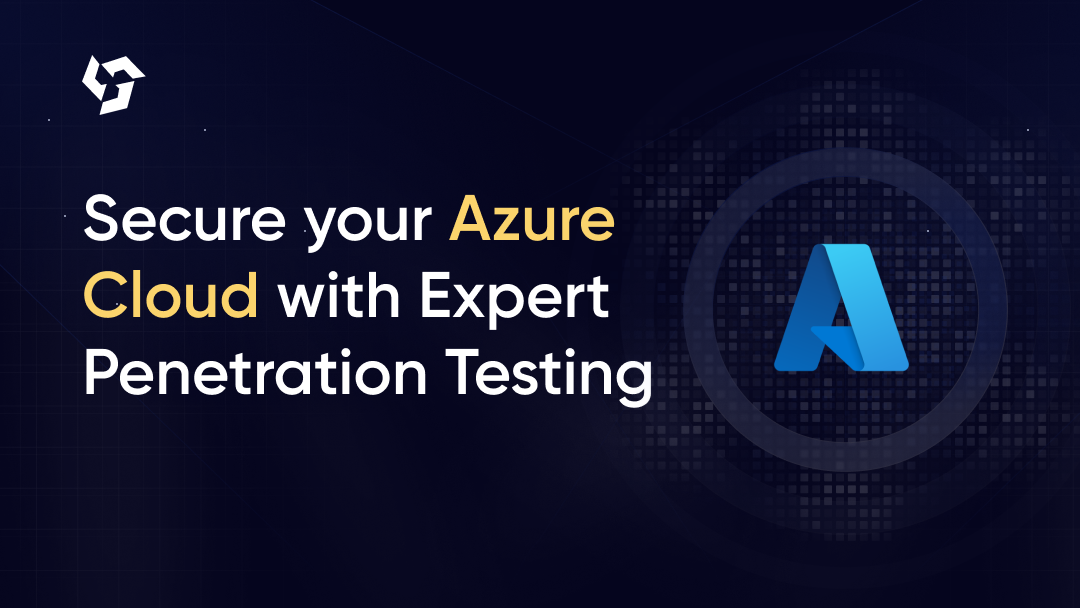

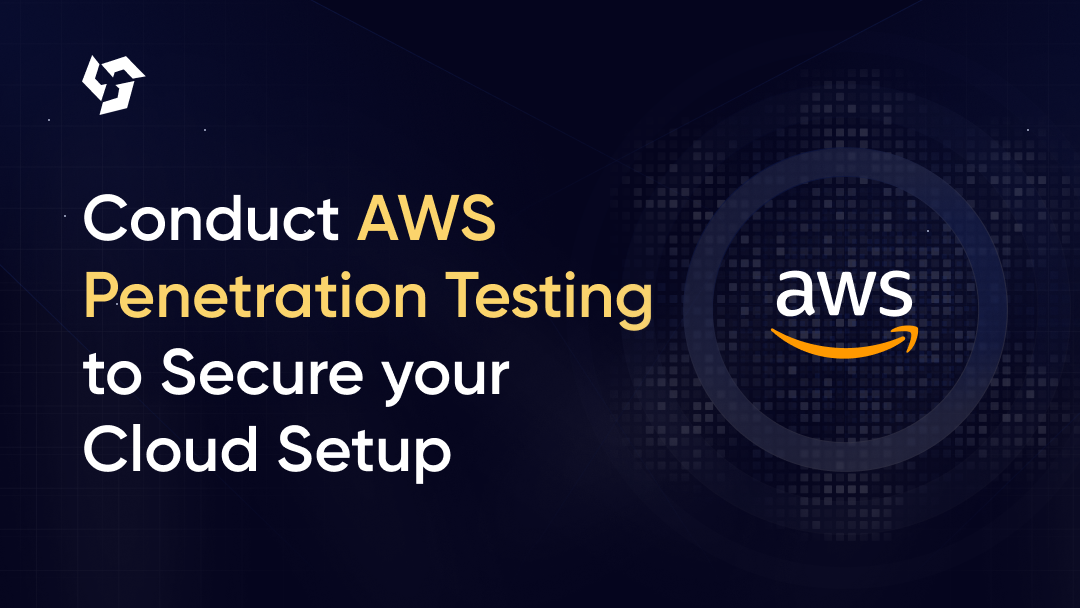
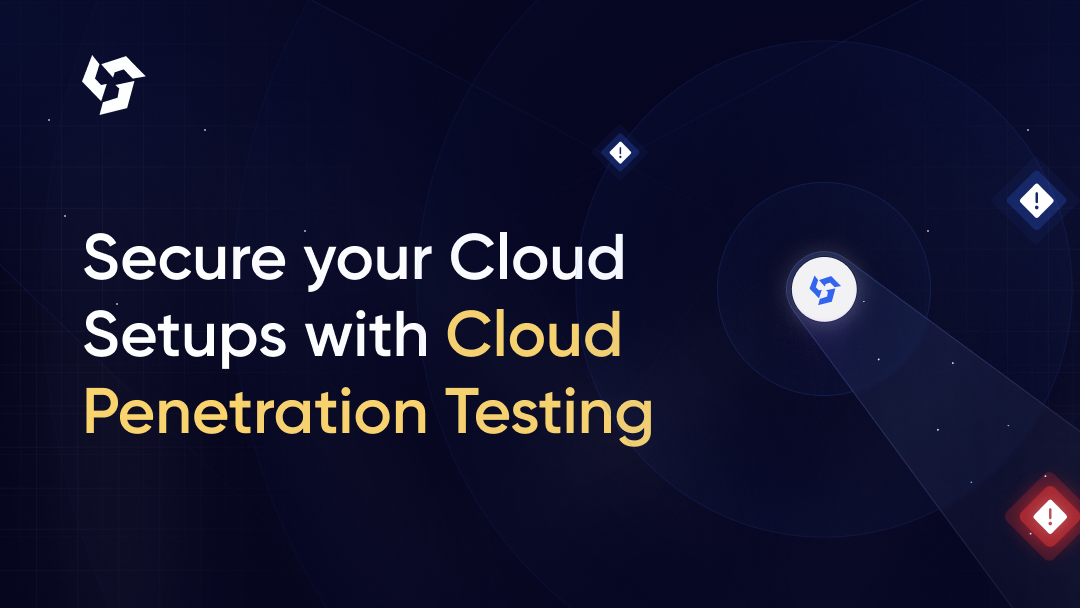
.png)
.png)
.png)

.png)
.png)
.png)

.png)
.png)
.png)
.png)
.png)

.png)









.webp)





.webp)


.webp)

.webp)



.webp)
.webp)
.webp)
.webp)









.webp)
